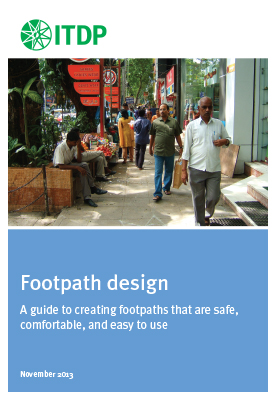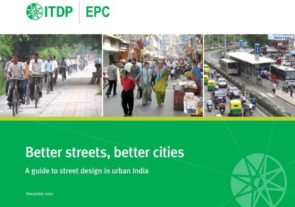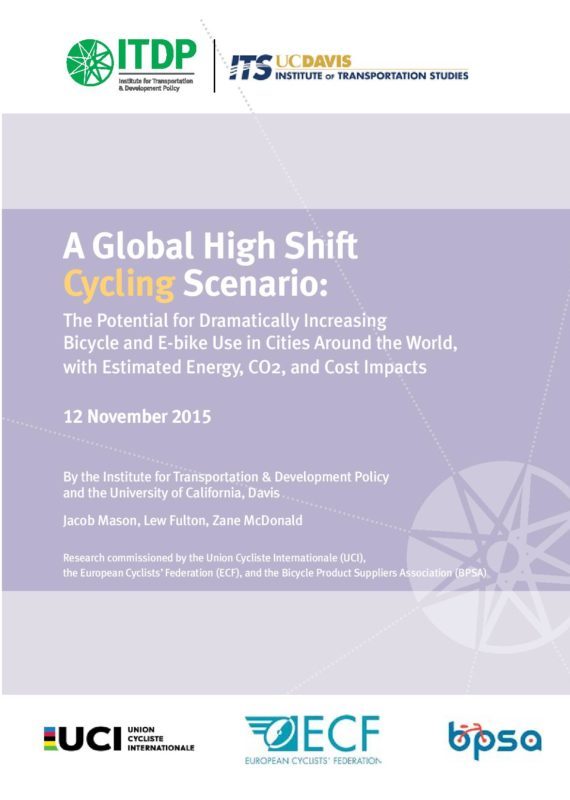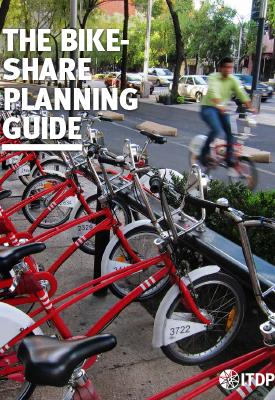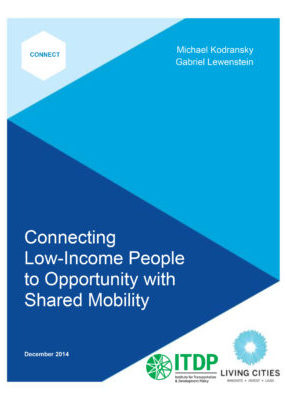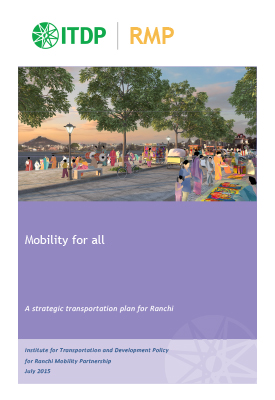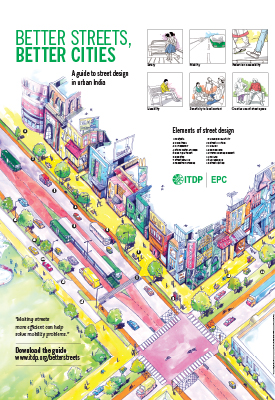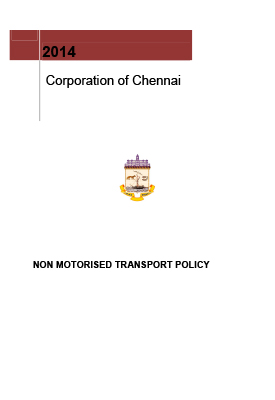Walking is fundamental to urban life. It is a healthy and pollution-free form of mobility and recreation. Pedestrian trips account for a quarter to a third of all trips in many Indian cities. However, the poor quality of pedestrian infrastructure sends a message that pedestrians are not welcome in the urban environment.
Fortunately, street design practice in India is beginning to recognise the integral role of walking in any sustainable transport system. Increasingly, engineers and planners are emphasising the need to design “complete streets” that make walking safe, comfortable, and convenient. Reflecting this changing outlook, the Indian Road Congress’ (IRC) First Revision of the Guidelines for Pedestrian Facilities represents a significant departure from traditional traffic engineering practice, which focused on maximising personal motor vehicle speeds at the expense of other street users. The Guidelines emphasise the need to design streets for all users and activities, including the social and economic activities that make Indian streets so vibrant.
This quick reference guide highlights key concepts from the IRC Guidelines, including footpath design standards. The guide also draws from local and international best practice for some themes not covered in the IRC publication.




